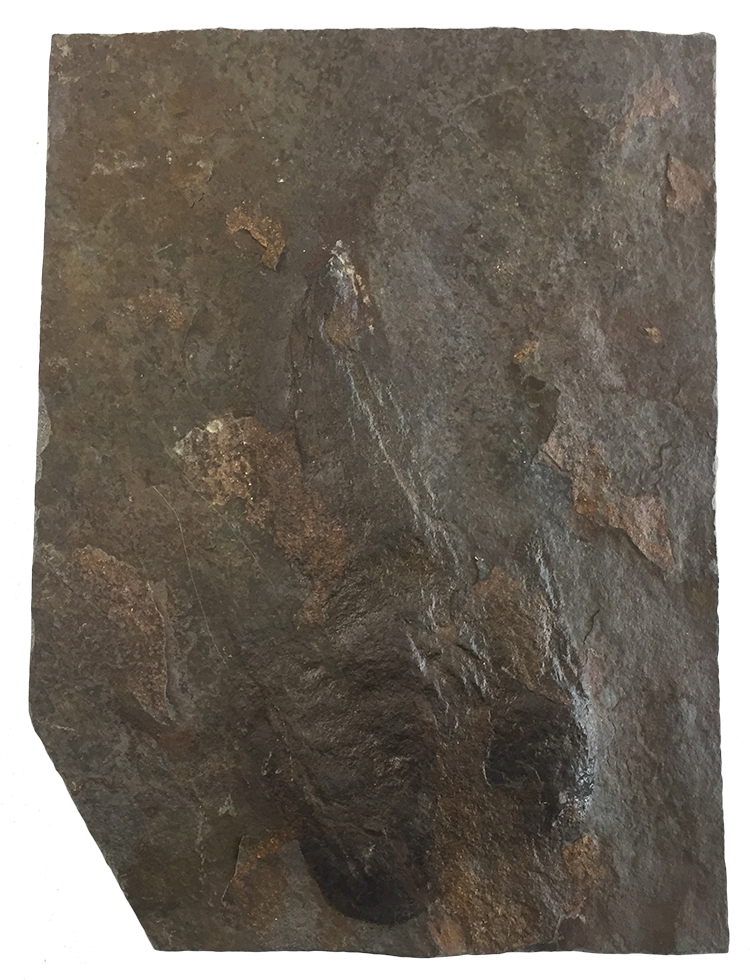
Grallator is the name given to small three-toed tracks made by a variety of bipedal theropod dinosaurs. They are among the most common dinosaur tracks and are known from the Americas to Australia and from strata that ranges in age from Early Triassic to Early Cretaceous. Consequently, Grallator tracks were undoubtedly created by many types of small theropod dinosaurs, not any one specific genera.
The name Grallator means ‘stilt walker’ and is a reference to the tracks’ original identification as bird tracks. ‘Grallae’ being an older name used for long legged wading birds like storks and herons. These were some of the first dinosaur tracks known, although they were first discovered in 1802, nearly two decades before the first dinosaur discovery. Edward Hitchcock of Massachusetts’ Amherst College later described and named the tracks in 1858. The Grallator tracks Hitchcock worked with were similar to this one and were most likely left by early dinosaurs similar to Coelophysis (a Coelophysis cast is mounted on the wall south of the cabinet).
Although Grallator tracks typically only show three toes, the trackmakers most likely had four to five toes. Only the three largest were used for walking, but there would have been a smaller fourth digit that seldom touched the ground and, in some forms, a vestigial fifth digit. Compare this track with the design of the Coelophysis rear foot displayed on the wall across from the cabinet.
The cabinet sample is an actual Grallator fossil, but there are also two casts of Grallator trackways mounted on the hallway walls.